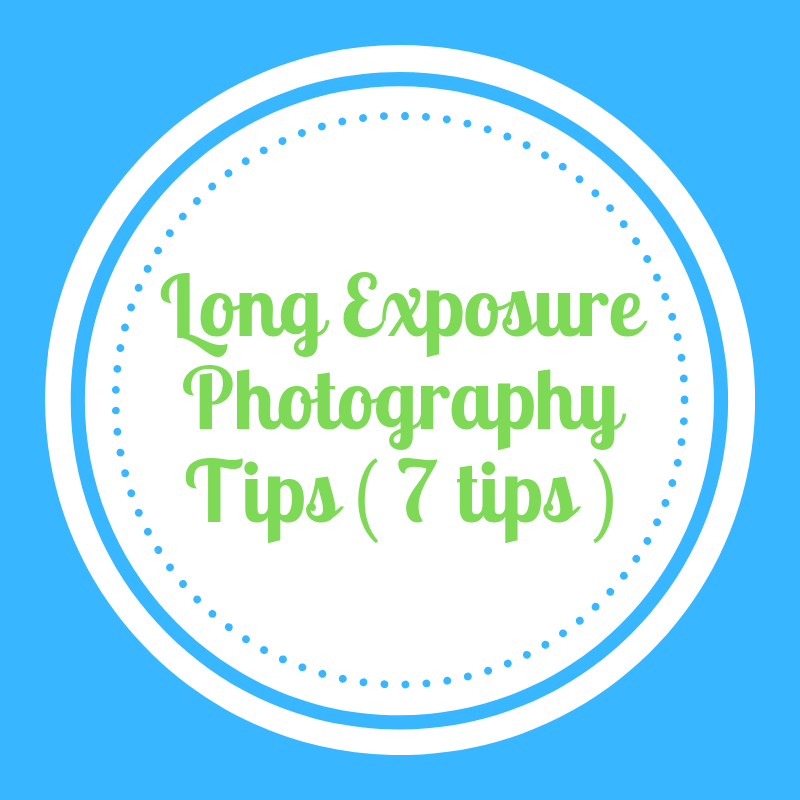Long exposure is a technique every photographer should practice and master. Whether you are an intermediate or professional, you should try long exposure photography.
It doesn’t matter if you are taking the photos at night or in the day; slow shutter speed ensures details of your object, as well as the background, are well covered. While long exposure technique is common in low light photo shoots, it is applicable in any environment so long as the shutter speeds are regulated.
The focus is imperative to achieve the desired results in long exposures. In as much as a photographer, you should be able to capture quality images within a few seconds, delaying has its reasons. And you should master it too.
This technique, which involves slow shutter speeds is divided into two categories; photos captured in the night and photos captured in the day. Each of the two scenarios requires specific techniques to achieve desired results.
While all of the techniques involve settings of the camera and other appliances, there are significant differences between long exposures during the day and in the night.
Here are some of the tips to improve your skill in long exposure photography:
1. Use a strong and sturdy tripod
This is non-negotiable in professional photography, particularly long exposure photography. The camera shakes is the last thing you want to experience and witness in your post-processing stage. Therefore, you should not only shop for any tripod.
Be sure to find a sturdy and preferably heavy stand. Weather can be both an advantage and a disadvantage to your photography. Windy and breezy shake a camera thus affecting focus on an object. Fins a solid even ground to place your tripod. Add on weight with stones if necessary.
2. Clean your sensor
Long exposures are only made possible through shooting at small apertures. Therefore, any form of dust or debris on your sensor will be magnified in your photos. Most cameras have an auto-sensor cleaning component.
Be sure to use this before going out for a shoot. However, if the camera’s sensor is extremely dirty. Do not bother using a cloth or other appliances to clean because you will cause more damage. In such a case, contact your manufacturer or experts in cameras to help you with the cleaning.
3. Focus first
Auto-focus is not suitable when you are using an ND filter. This type of filter only allows a small amount of light to pass through. On the other hand, auto-focus requires immense light for proper functioning.
Trying to merge the two is a recipe for poor images. Therefore, you should take off the filter and manually focus the lens before placing the ND filter back then take your shot. Be sure to maintain manual focus because auto-focus will reset on replacement of the ND filter.
4. Beware of the ambient light
Ambient light and background colors have a significant effect on the quality of a photo. While we cannot detect these differences in color temperature with our naked eyes, your sharp camera lens will not miss this.
Experience in photography field might also help you make a decision on how to set your flash. For instance, full moon results in soft light spread on your object.
Indoors might be more complicated, especially at night because of colors on the wall that conflict with bright light from your flash. In such cases, fix flash gels on your flashes.

5. Shoot in RAW
Although we all strive for a perfect shot by trying to control aspects of light and color, there are elements that are beyond our control.
For instance, ND filters add extra unnecessary colors on a photo that you may find unpleasant. Additionally, cameras are prone to faults that you may not discover in time. For instance, malfunction on your white balance may be visible in your night photos.
RAW not only stores each and every detail of your photos but allows you to correct any unwanted elements when editing. Post-processing is a crucial part of photography.
You have a chance to correct any errors that may have occurred during a photo shoot. RAW’s dynamic nature offers you multiple options to explore.
6. Know your ISO
Just like for day time photography, nighttime photography also requires as little noise as possible. If possible zero noise. This can be regulated by the ISO function on your camera.
Setting the ISO at high ranges allows more noise to infiltrate your shoot. Be sure to set ISO as low as your camera can allow. Besides, long exposures are characterized by some level of noise.
This is more reason why you should keep ISO at the lowest point possible. Ambient lights and color temperatures also determine the level of noise in long exposure photography.
7.Focus to infinity
When using an ND filter you should be extremely cautious when focusing. The level of exposure is also critical. You should be able to evaluate these conditions and set your camera to match the ISO and ambient conditions.
Additionally, check your LCD screen for other crucial functions that will guarantee quality in your long exposure photography.
Subscribe To Our Newsletter Here

